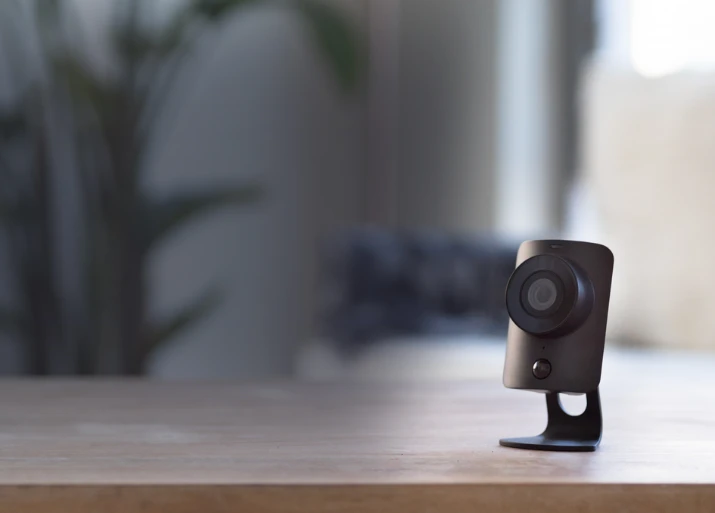Are WiFi home security cameras safe?
Posted June 5th, 2020 by SimpliSafe

There are plenty of horror stories circulating the internet regarding home security cameras. The likes of Facebook and Reddit are filled with frantic posts about Internet-connected cameras being accessed remotely, moving seemingly of their own accord, and hearing stranger’s voices through the two-way audio.
There’s a lot of myths that go around about cameras, so it’s time to clear up a few. The experts at SimpliSafe answer the question; are WiFi home security cameras safe?
Two types of WiFi cameras
There are two types of WiFi cameras out there on the market; traditional IP cameras, and ‘smart’ cameras. Next we’ll talk about the difference between the two, and why one should top your list over the other if security is a priority for you.
Avoid IP cameras
Let’s start with IP cameras. When you hear about people being insecure regarding cameras, it’s usually surrounding these types. While there’s nothing really wrong with IP cameras, the fact of the matter is that they’re just not as secure as they could be.
IP cameras connect to your internet network, either through an Ethernet cable or WiFi. The camera provides a web interface that allows you to view the camera feed, and they can also be connected to a video recorder system or a separate computer which allows you to view and record those feeds, although some of them may have built-in storage.
The main problem is that most people who use IP cameras don’t set them up properly. You’d be surprised at how many people just leave the device configured with the defaulted username and password then connect it straight to the internet. What this means is that absolutely anyone can view the camera’s feed just by visiting its IP address online.
So if you’re someone who is interested in the set up and intricacies of video surveillance, then IP cameras might be something you could tinker around with. But if you’re simply looking for a security camera that is quick and easy to set up but still keeps you safe, then you might want to give them a miss.
The difference with smart cameras
Modern smart home security cameras on the other hand are completely different. They are designed to be easy-to-use but also more secure. Rather than a default name and password, the setup of these cameras require you to create an online account. Access to live video feeds and any video clips that are recorded can only be accessed through that unique account.
You also won’t need to manually update your camera either, as smart ones will automatically update firmware to ensure a quick fix to any problems.
To put it more simply, smart cameras don’t require anything complicated from the user. You plug it in, set up an online account then connect that specific account to that specific camera. As long as you follow recommended best practices for strong passwords and, as an extra layer of security, activate two-factor authentication, then you are doing everything possible to prevent outside access.
Two-factor authentication is best
Two-factor authentication is when you have to provide two pieces of information in order to access an app or account. This could be a password that you type in along with a single-use verification code that is text or emailed to you.
This double level of security keeps you even safer. Because even if someone was able to guess your password, they still wouldn’t be able to access your account if you had a one-time passcode text directly to your phone!
The most important thing when it comes to choosing a home security camera is that you do your research thoroughly, and pick one that’s right for you, your home and your family.